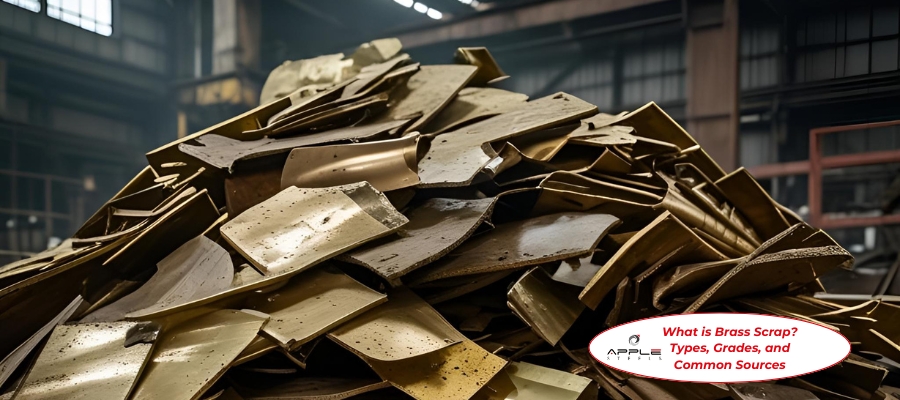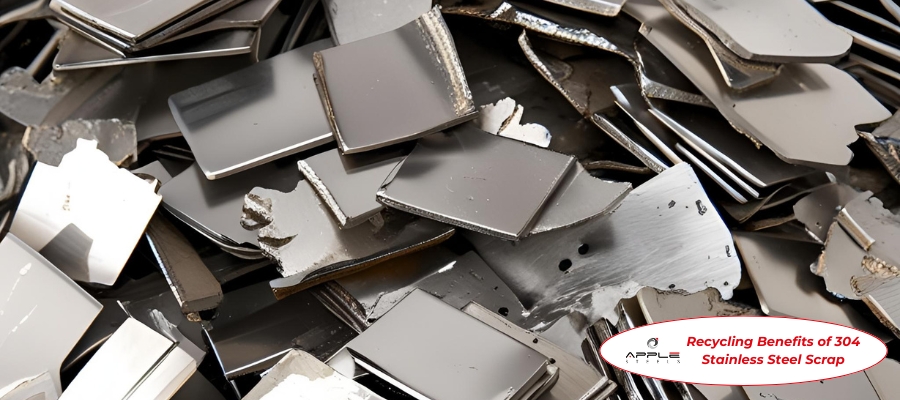Stainless steel flanges are critical components in piping systems, providing secure connections between pipes, valves, and other equipment. These flanges are known for their strength, corrosion resistance, and durability, making them ideal for a wide range of industrial applications. Whether in oil and gas, chemical processing, or water treatment, stainless steel flanges ensure leak-proof and reliable performance.
This blog explores the types, applications, and benefits of stainless steel flanges to help industries make informed choices.
What Are Stainless Steel Flanges?
A stainless steel flange is a metal ring or disc that connects pipes, pumps, valves, and other equipment in a piping system. It provides strength and stability to the system, allowing easy assembly, disassembly, and maintenance.
Stainless steel flanges are commonly manufactured using high-grade materials like SS 304, SS 316, and SS 321, ensuring excellent mechanical strength and resistance to oxidation, heat, and corrosion. These flanges are available in different pressure ratings, including 150, 300, 600, 900, and even 2500 class, depending on the operational requirements.
Types of Stainless Steel Flanges
Different types of stainless steel flanges are available to meet various industrial requirements. Below are some of the most commonly used flanges:
1. Weld Neck Flange
- Long tapered hub design for strength and stress reduction.
- Used in high-pressure and high-temperature applications.
- Common in oil refineries, chemical plants, and power plants.
- Requires full penetration welding for a strong connection.
- Suitable for extreme environmental conditions due to its resistance to thermal expansion and stress corrosion cracking.
2. Slip-On Flange
- Simple design that slides over the pipe before welding.
- Cost-effective and easy to install.
- Suitable for low-pressure applications, such as water pipelines and HVAC systems.
- Requires fillet welding on both the inside and outside for secure fitting.
- Less durable than weld neck flanges but widely used due to their affordability.
3. Socket Weld Flange
- Used for small-diameter, high-pressure pipes.
- Fillet-welded for strong attachment.
- Common in chemical and petrochemical industries where space is limited.
- Provides smooth flow due to no internal weld obstruction.
- Ideal for steam lines and high-pressure fuel lines.
4. Blind Flange
- A solid flange that closes off a pipeline.
- Used for system isolation and maintenance.
- Found in pipelines carrying hazardous materials where stopping flow is necessary.
- Withstands extreme pressure due to its solid design.
- Can be customized with tap holes for pressure monitoring.
5. Threaded Flange
- Features internal threading for easy installation.
- Ideal for low-pressure and non-welded applications.
- Used in water treatment, plumbing, and small-diameter pipe connections.
- Enables fast installation without welding, reducing labor costs.
- Not recommended for high-temperature and high-vibration environments.
6. Lap Joint Flange
- Works with a stub end for easy assembly.
- Allows rotational alignment of bolt holes.
- Suitable for systems requiring frequent maintenance, such as food processing plants and pharmaceutical industries.
- Reduces overall material costs, as lap joint flanges can be reused with new stub ends.
- Limited strength compared to other welded flanges.
7. Orifice Flange
- Designed for fluid flow measurement.
- Used in refineries, chemical plants, and power generation.
- Equipped with pressure tap holes for precise flow metering.
- Often used in conjunction with orifice plates to measure flow rates.
8. Long Weld Neck Flange
- Similar to a weld neck flange but with an extended neck.
- Used in high-temperature and pressure systems, including heat exchangers and pressure vessels.
- Provides extra reinforcement, reducing stress concentration at the flange connection.
Applications of Stainless Steel Flanges
Stainless steel flanges are widely used in various industrial sectors. Some major applications include:
1. Oil & Gas Industry
- Used in pipelines for crude oil and gas transport.
- Resists high pressure and temperature variations.
- Essential for offshore drilling rigs and subsea pipeline networks.
- Used in refinery and petrochemical processing plants.
2. Chemical Processing
- Handles corrosive chemicals safely.
- Ensures leakage prevention in critical environments.
- Common in acid production, solvent processing, and pharmaceutical industries.
- Maintains chemical purity by resisting contamination and corrosion.
3. Power Generation
- Used in nuclear, thermal, and hydroelectric power plants.
- Withstands extreme heat and pressure.
- Essential for steam piping, turbine systems, and high-pressure water lines.
- Helps maintain efficiency in cooling towers and heat exchangers.
4. Water Treatment & Supply
- Helps in wastewater management systems.
- Provides a leak-proof connection in desalination plants.
- Common in municipal water distribution networks.
- Ensures longevity in chlorinated and treated water environments.
5. Food & Beverage Industry
- Used in food processing pipelines.
- Maintains hygienic and contamination-free systems.
- Essential for dairy processing, brewing, and beverage bottling plants.
- Complies with FDA and sanitary standards.
6. Marine & Shipbuilding
- Used in seawater and offshore structures.
- Resists saltwater corrosion.
- Essential for naval ship pipelines, offshore drilling rigs, and desalination plants.
- Provides high-strength connections in extreme marine environments.
Benefits of Stainless Steel Flanges
Stainless steel flanges offer numerous advantages, making them an excellent choice for industrial applications.
1. Superior Corrosion Resistance
- Stainless steel resists rust, oxidation, and chemical damage.
- Ensures long service life in harsh environments, including acidic and saline conditions.
2. High Durability & Strength
- Can handle high pressure and temperature.
- Reduces wear and tear in piping systems.
- Offers excellent mechanical performance under stress.
3. Leak-Proof Connections
- Bolted and welded connections prevent leakage.
- Ensures efficiency and safety in critical operations, including hazardous material transport.
4. Easy Installation & Maintenance
- Designed for quick assembly and disassembly.
- Reduces downtime and maintenance costs, especially in high-production facilities.
5. Cost-Effective in the Long Run
- Initial investment may be high but ensures long-term savings.
- Reduces replacement and repair expenses, making it a smart investment.
Conclusion
Stainless steel flanges are a reliable, durable, and corrosion-resistant solution for industrial piping systems. Their wide range of types and applications ensures adaptability across industries like oil and gas, power generation, chemical processing, and marine operations. Selecting the right flange from a trusted manufacturer ensures efficiency, safety, and longevity in your piping systems.




